Paradise Lost- An Atypical Exhibition of Architecture
The Vicissitude of Civilization Built on Human Desires
Five Taiwanese, American, Japanese and Dutch Artists Present Their Own Lost Paradises
“The mind is its own place, and in itself can make a heaven of hell, a hell of heaven.”
― John Milton, Paradise Lost.
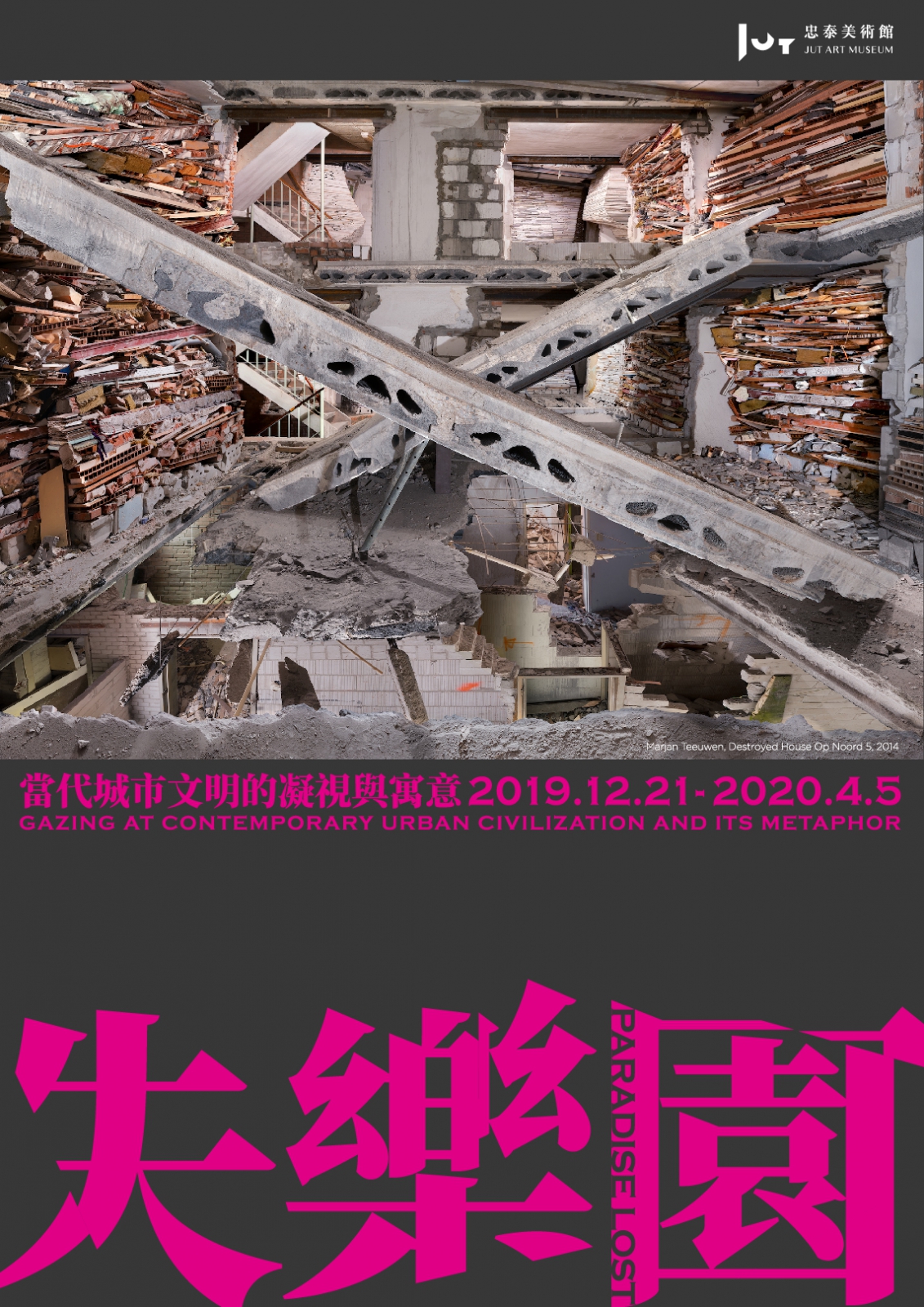
The Jut Art Museum, which is the first museum in Taiwan focusing on urban issues and the future of cities, is launching Paradise Lost – Gazing at Contemporary Urban Civilization and its Metaphor on Dec 21 (Sat). World acclaimed artists including Marjan Teeuwen from the Netherlands, James Casebere from the US, Takahiro Iwasaki from Japan, Yao Jui-Chung and Tu Wei-Cheng from Taiwan are interpreting their ideas about the destruction and rebirth of urban civilization through their vintage or new projects of videos or installations. They reflect upon the changes of cities due to human desires, capitalism or wars and engage the audience to contemplate with them. This exhibition starts on Dec. 21, 2019 and ends on Apr. 5, 2020.
An Alternative “Paradise Lost” Performed by Five Artists
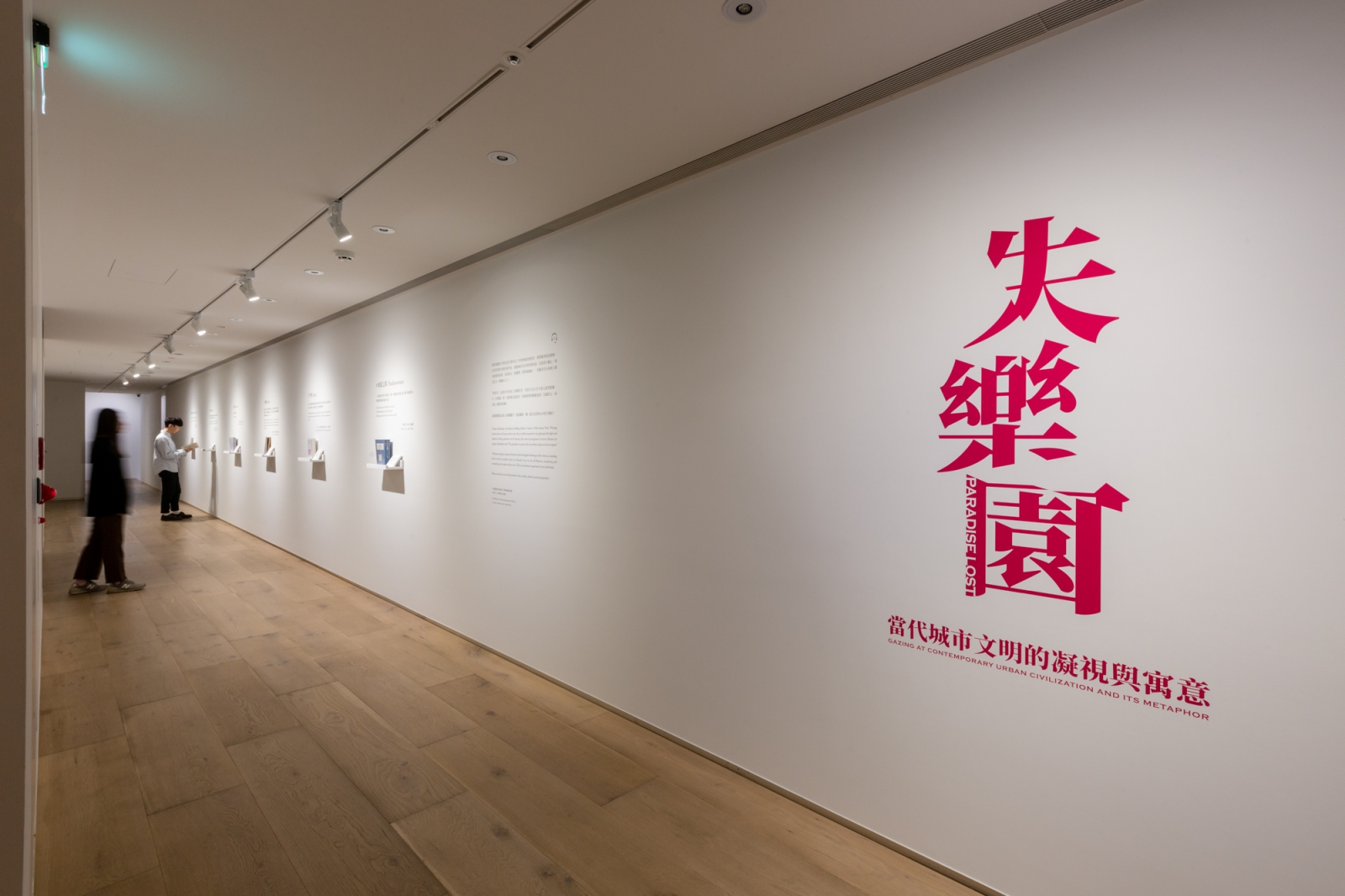
Entering 2020, Paradise Lost – Gazing at Contemporary Urban Civilization and its Metaphor is Jut Art Museum’s representation of John Milton’s epic poem dated back to the 17th century. Five artists from the Netherlands, America, Japan and Taiwan express their ideas of cityscapes with urban relics. Through their art, the audience is led to see the changes in cities by the forces of globalization, capitalism and wars. Meanwhile, the free will and the ever-expanding desires in human nature have driven the construction of a fake garden of wonders, which decided our social conditions. The paradoxes and implications in these spaces are divulged in the interrelation between human and urban civilization. Five zones in this exhibition are made into the lost paradise in the mind of each artist.
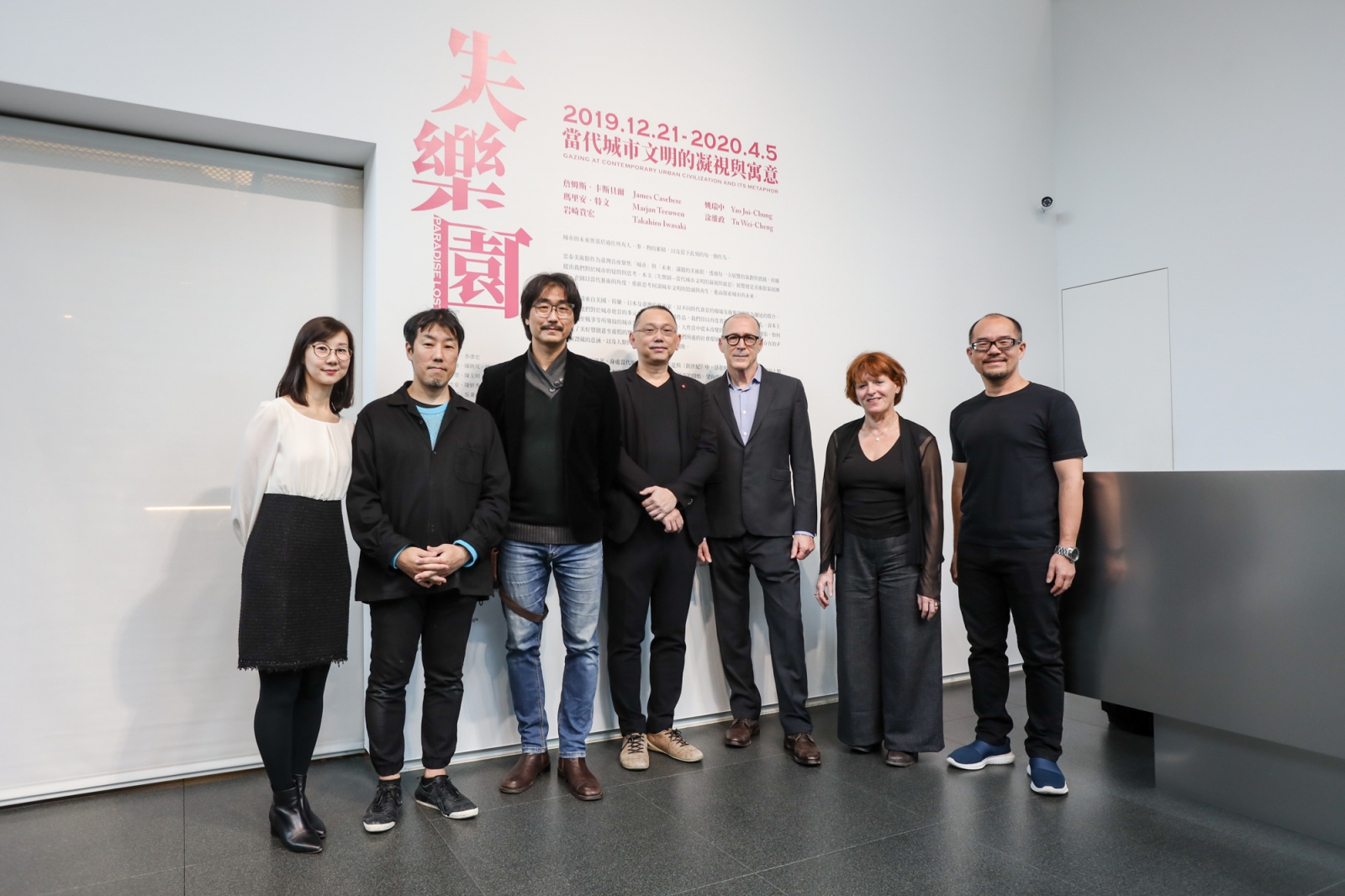
“Presenting Paradise Lost at the end of the year is to break through the stereotype of how people see the cities from the professional frame of architecture. Instead, through the derelict sites and relics, we found a deeper context in the development of human world that allows us to think about the man-made urban civilization before marching into the future.” Stated Aaron Lee, the CEO of the Jut Foundation for Arts and Architecture, in the press release conference for the opening.
The Two Sides of Civilization: Destruction and Rebirth
The rise and fall of a civilization produce residue—ruins of buildings no longer in use. Their properties are lost as their functions fail, becoming the transitional spots between the past, present and future. In this exhibition, Dutch artist Marjan Teewen and Taiwanese artist Yao Jui-Chung create their lost paradises with ruins.
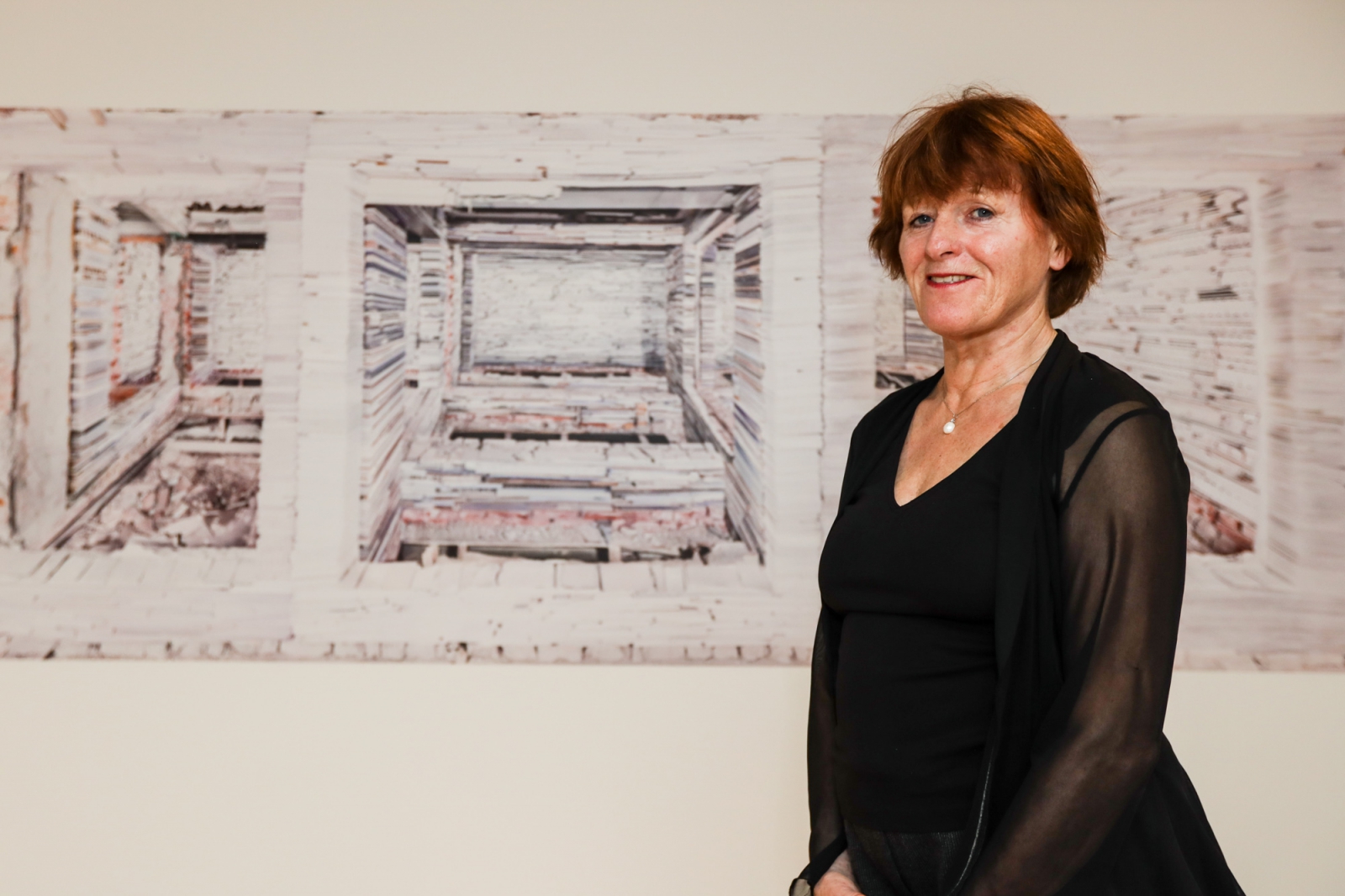
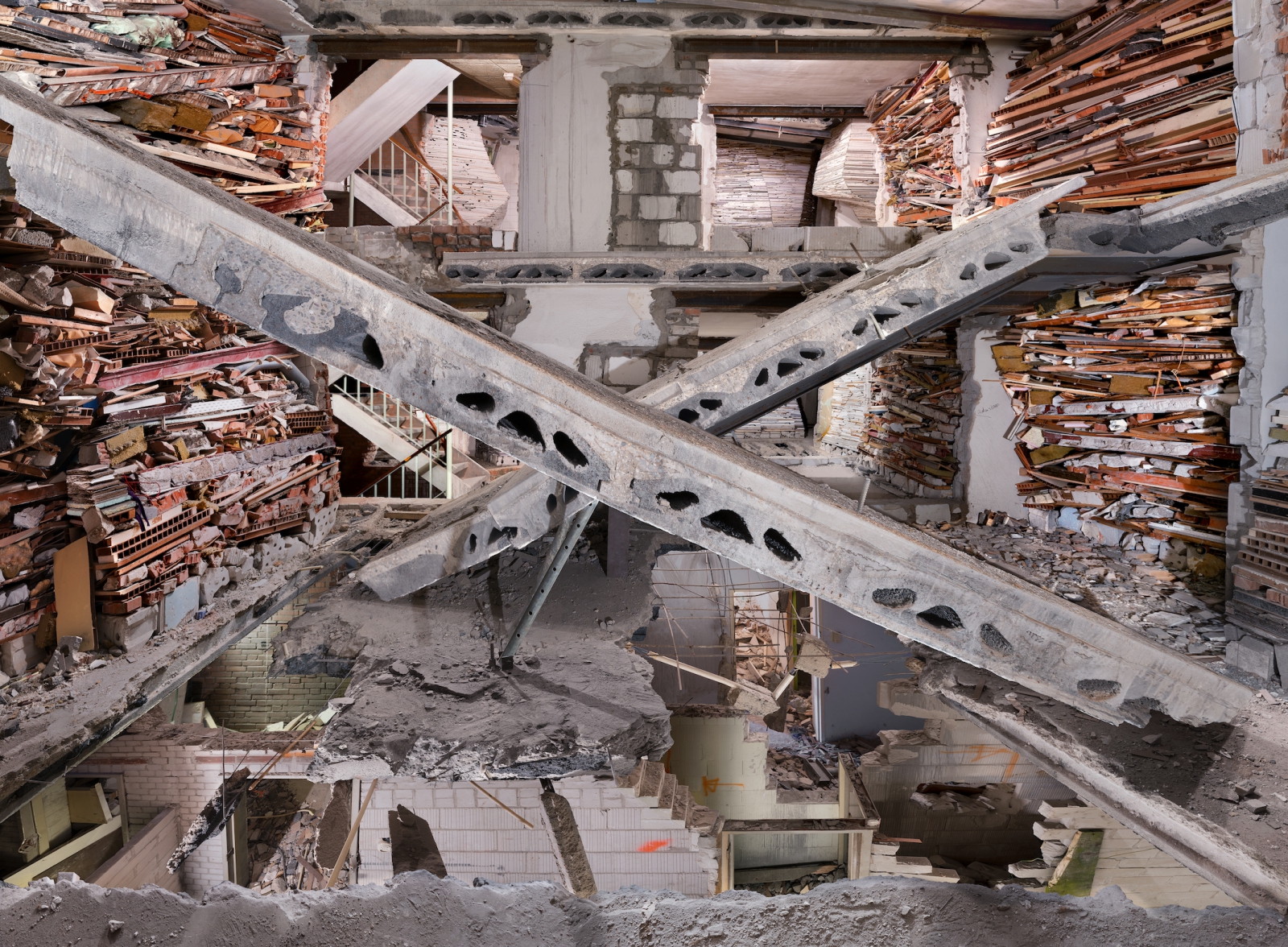
It is Marjan Teeuwen’s first time exhibiting in Taiwan. In her work that “creation not as the opposite of destruction, but as intimately entangled with it” is proposed. Photos and documentary films based on the architectural installations of Marjan Teeuwen, a building as sculpture, had engaged in the Netherlands, France, Russia, South Africa and Gaza Strip are represented. Positioning herself at the sites ruined by urban renewal or wars, she reassembles the relics for the artworks and memories specifically belonging to the sites. She manufactures architectural sculpture of new orders, structures, joints, and relations. It also triggers the reorganization and documentation of memories.
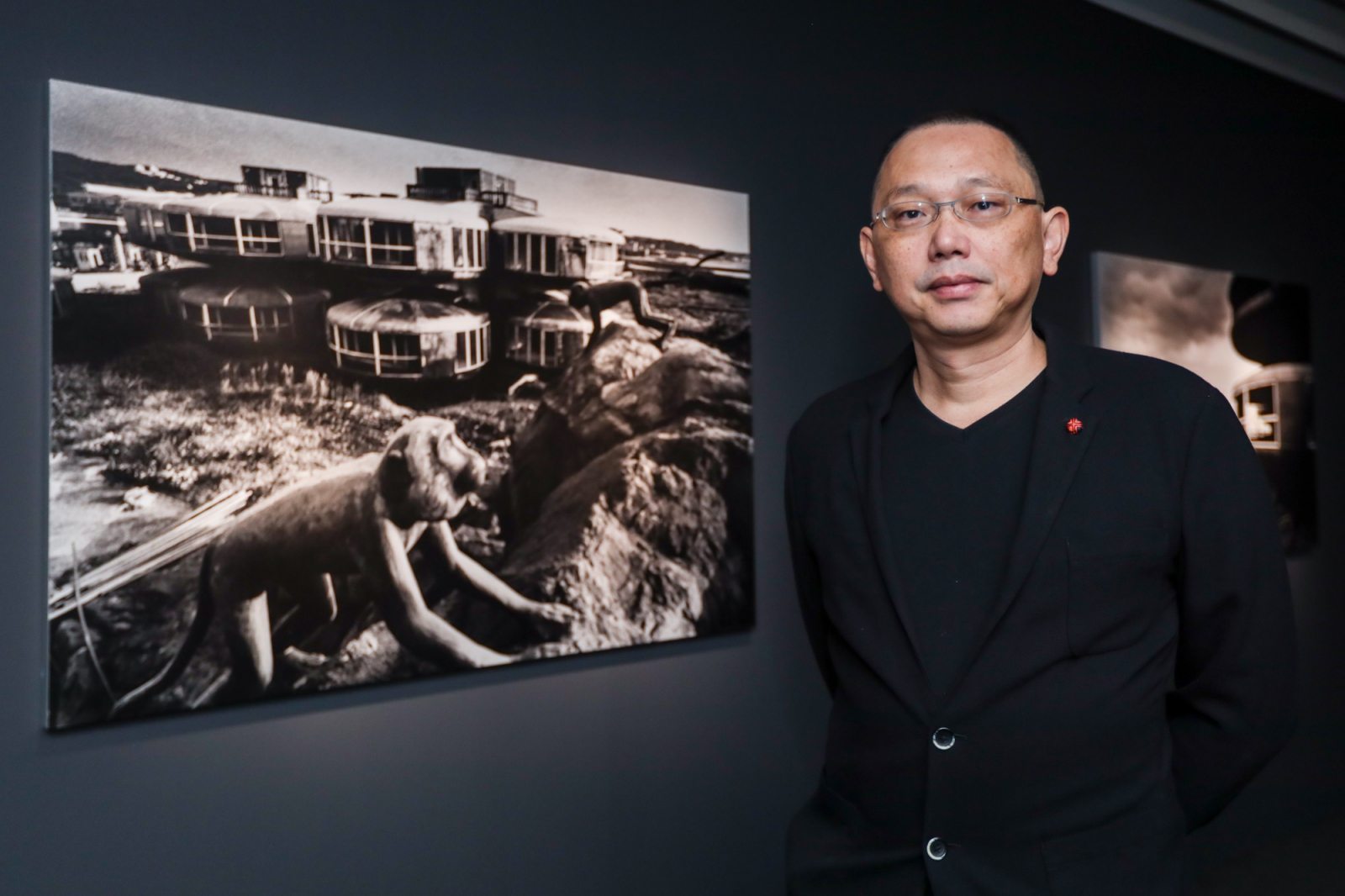
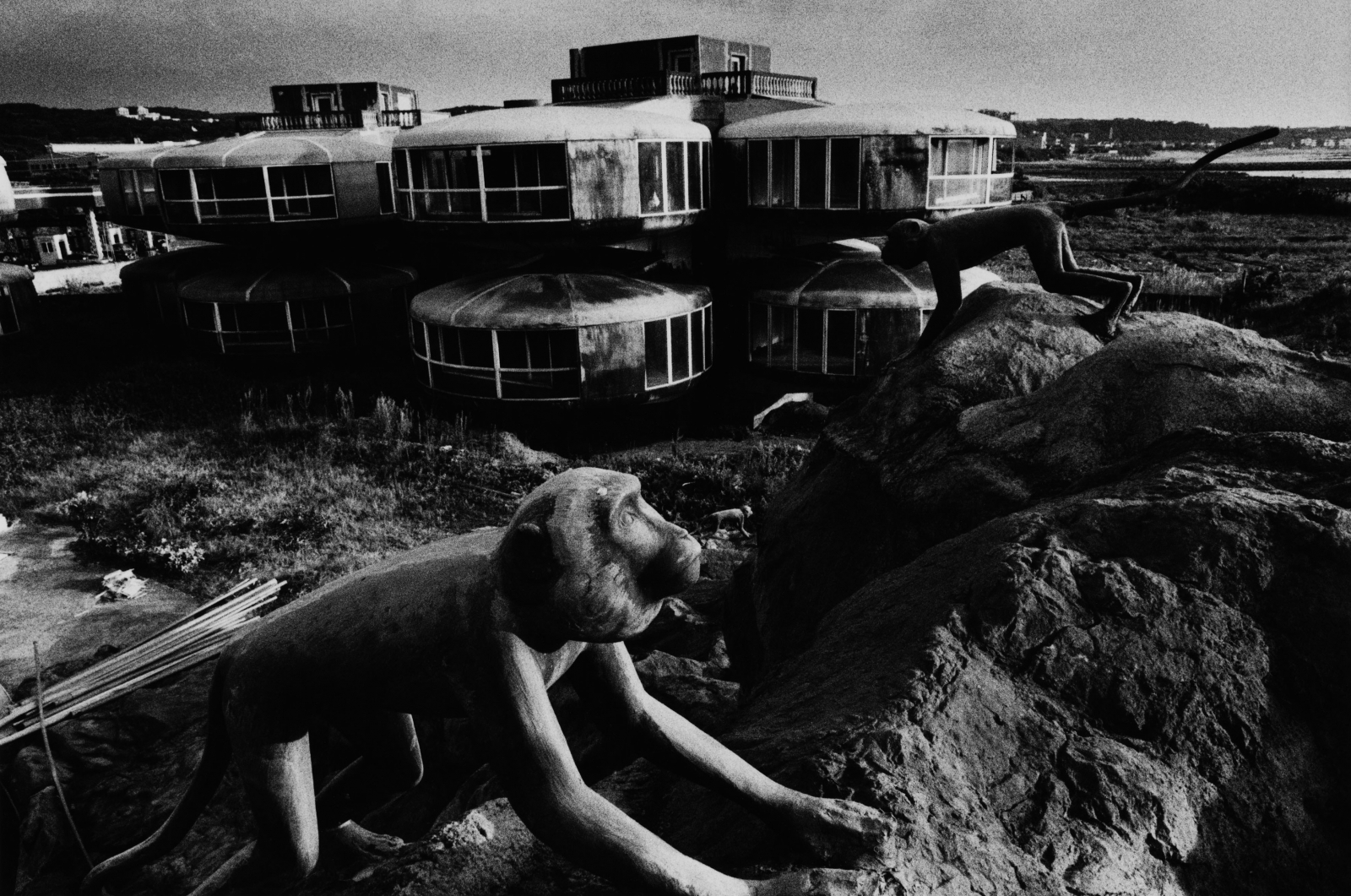
Yao Jui-Chung, an artist representing Taiwan in international art events many times, has investigated abandoned sites throughout Taiwan for years. In this exhibition, he presents the “ideological black holes” tides of globalizing, the development of capitalism and the changing political scenes with black-and-white photography. These images come from his earlier series Roaming Around the Ruins that captured the UFO Houses in Sanzhi, the 13-Storey Mine Selection Plant at the Shuinandong, the Old Haocha Settlement in Pingtung, and Huazhai Village of Wang’an Island in Penghu. The artist attempts to discuss the quick developments of real estate, mining and urbanization during the golden age of Taiwan’s economy, and when the fever of investment has receded, both people and capitals withdrew, leaving the sites into oblivion.
In Between the Virtual and the Real Laid the Metaphor of Urban Civilization
The cityscape constructed according to human wills and desires seems to be peaceful, but how many risks and sacrifices have been implied? How do we understand the world we are living in? What is the truth, what is made up? James Casebere, Takahiro Iwasaki and Tu Wei-Cheng represent cultural milieux with which they concerned through their own styles of surrealism.
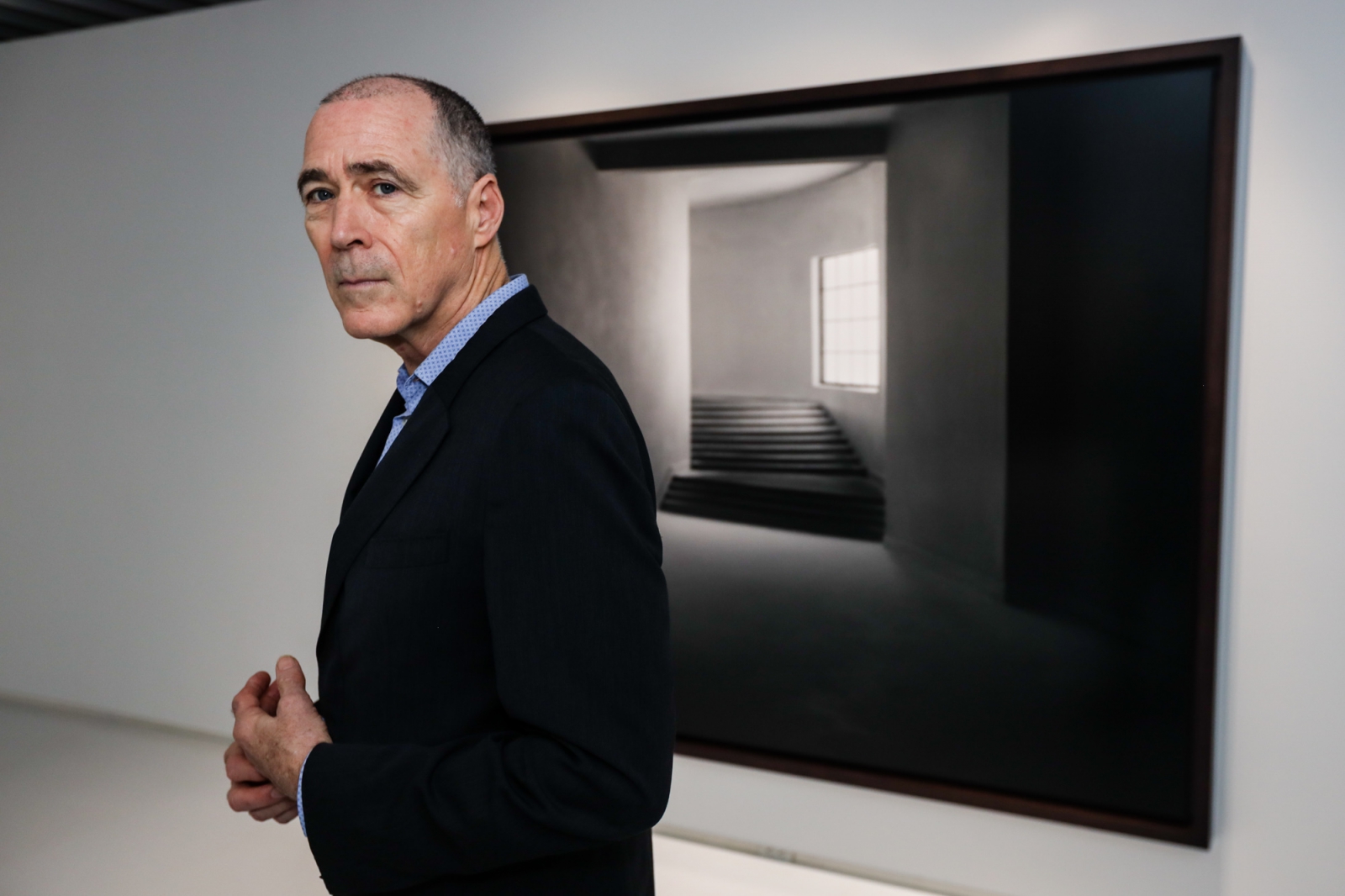
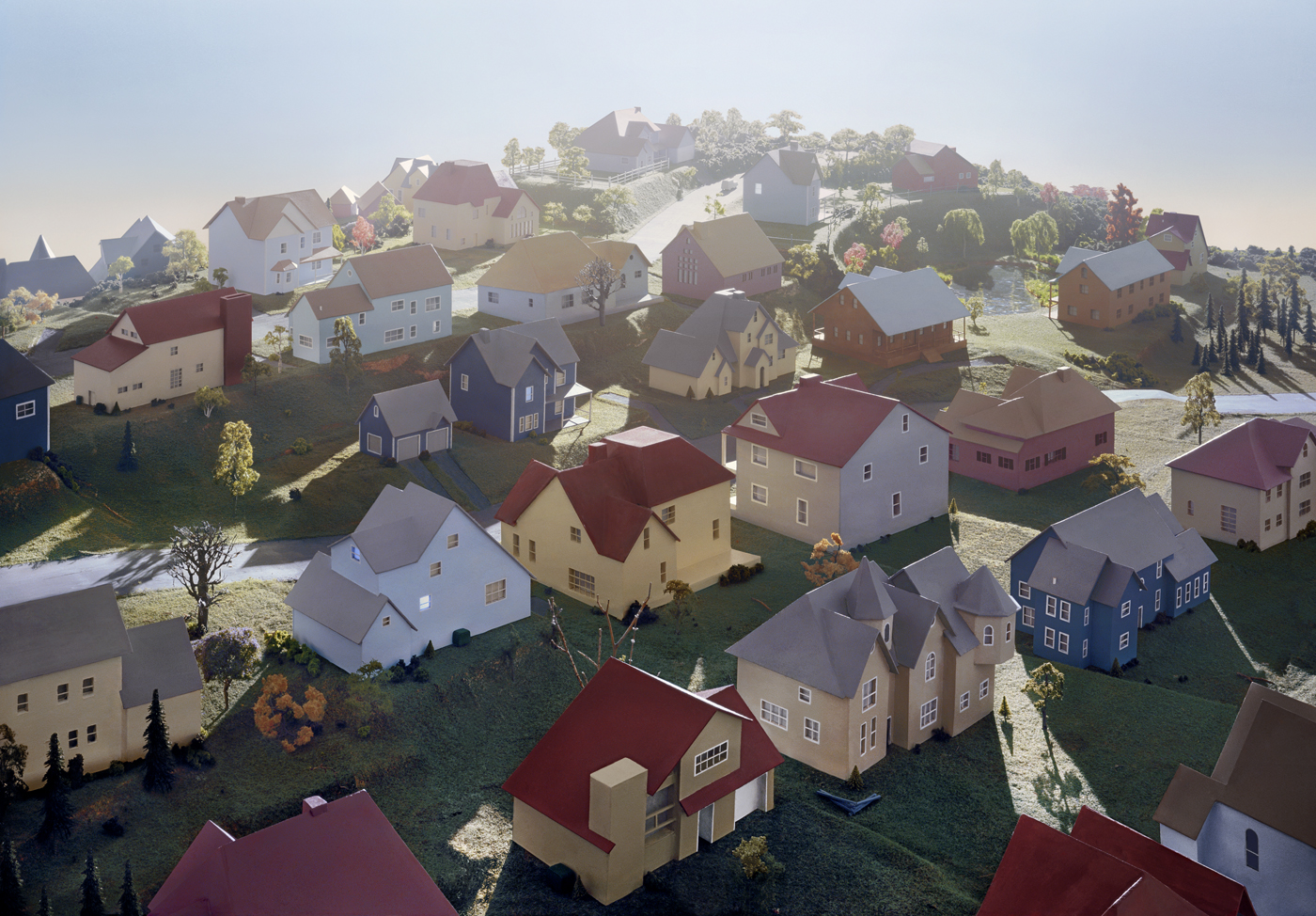
American artist James Casebere is known for his constructed photography—photos of self-made architectural models with dramatic lighting. The rational, calm and distanced images without any human trace are inviting the audience to put themselves into the scenes. Colorful houses are from the wonderful time before the subprime mortgage crisis. Applying water around buildings as a motif, the artist recalls the flooded underground tunnels between the East and West Germany, and the course of slavery in the past. It is his lament to the lost historical memory. In this exhibition, we are seeing James Casebere’s works of different contexts that he has accumulated for years. The models are also presented in Taiwan for the first time.
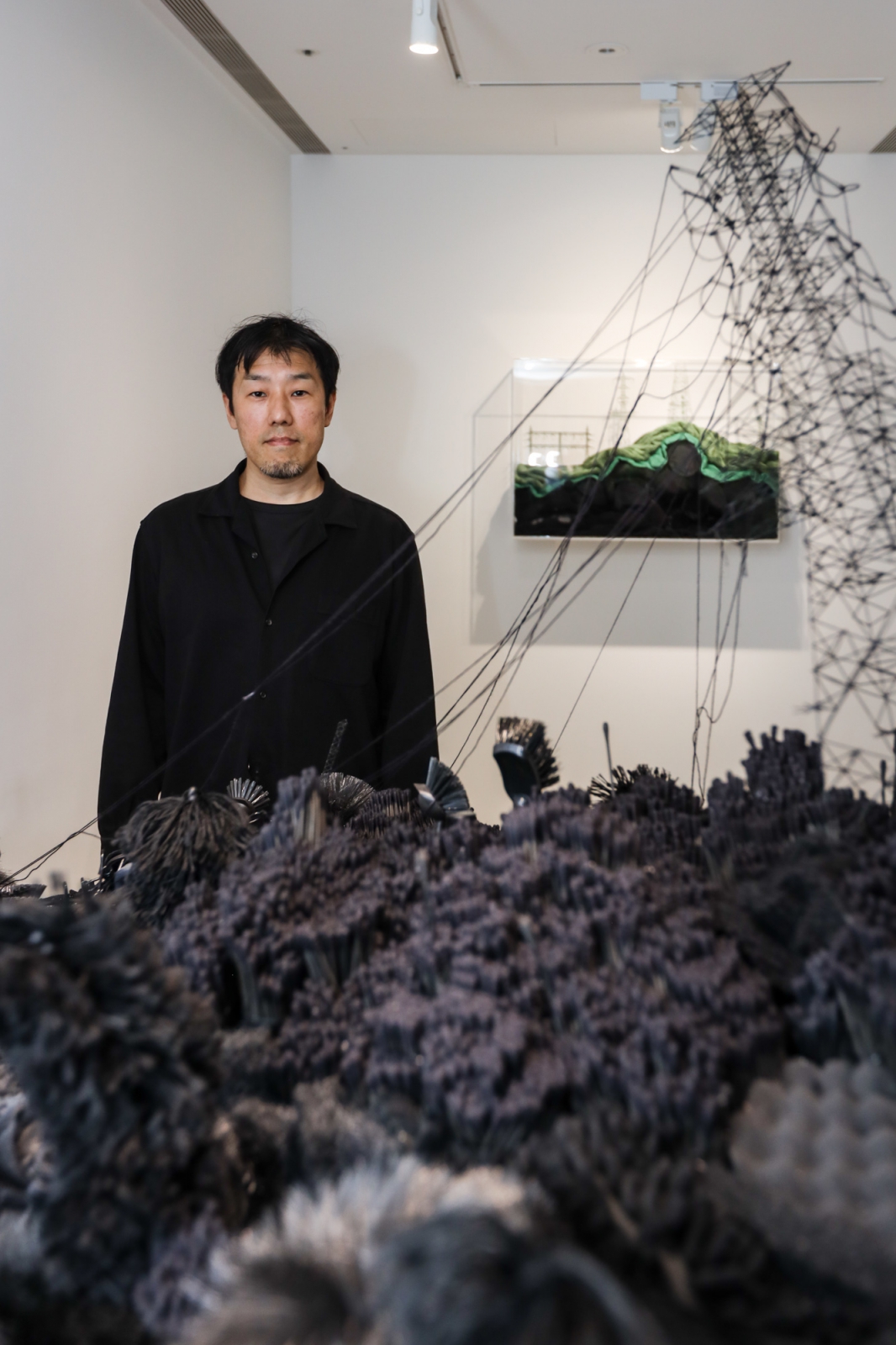
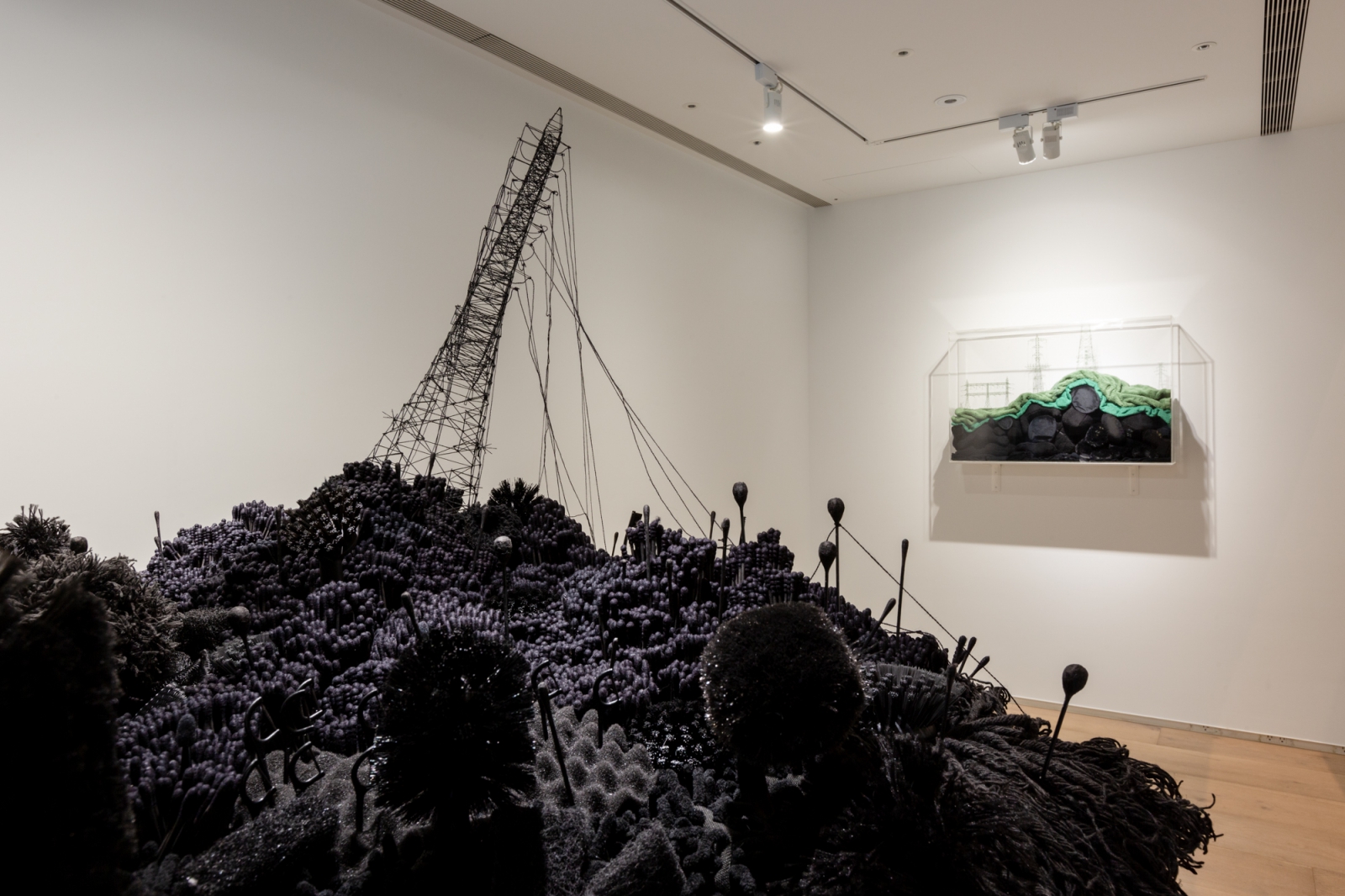
Coming from Hiroshima, Takahiro Iwasaki has an art career evolving around the city once devastated by the atom bomb and its rebirth. He transforms towels, toothbrushes and toothpicks among other commonplace items into a sculpture of miniature landscape. The Out of Disorder (Collapse) is about the nuclear disaster in Fukushima after the earthquake in 2011. The black fallen transmission towers and devastated landscape tell us how vulnerable the energy supply systems are today. The blackness is the symbol of the world over-reliance on coal, fossil, and nuclear power which eventually results in the termination of all living chances.
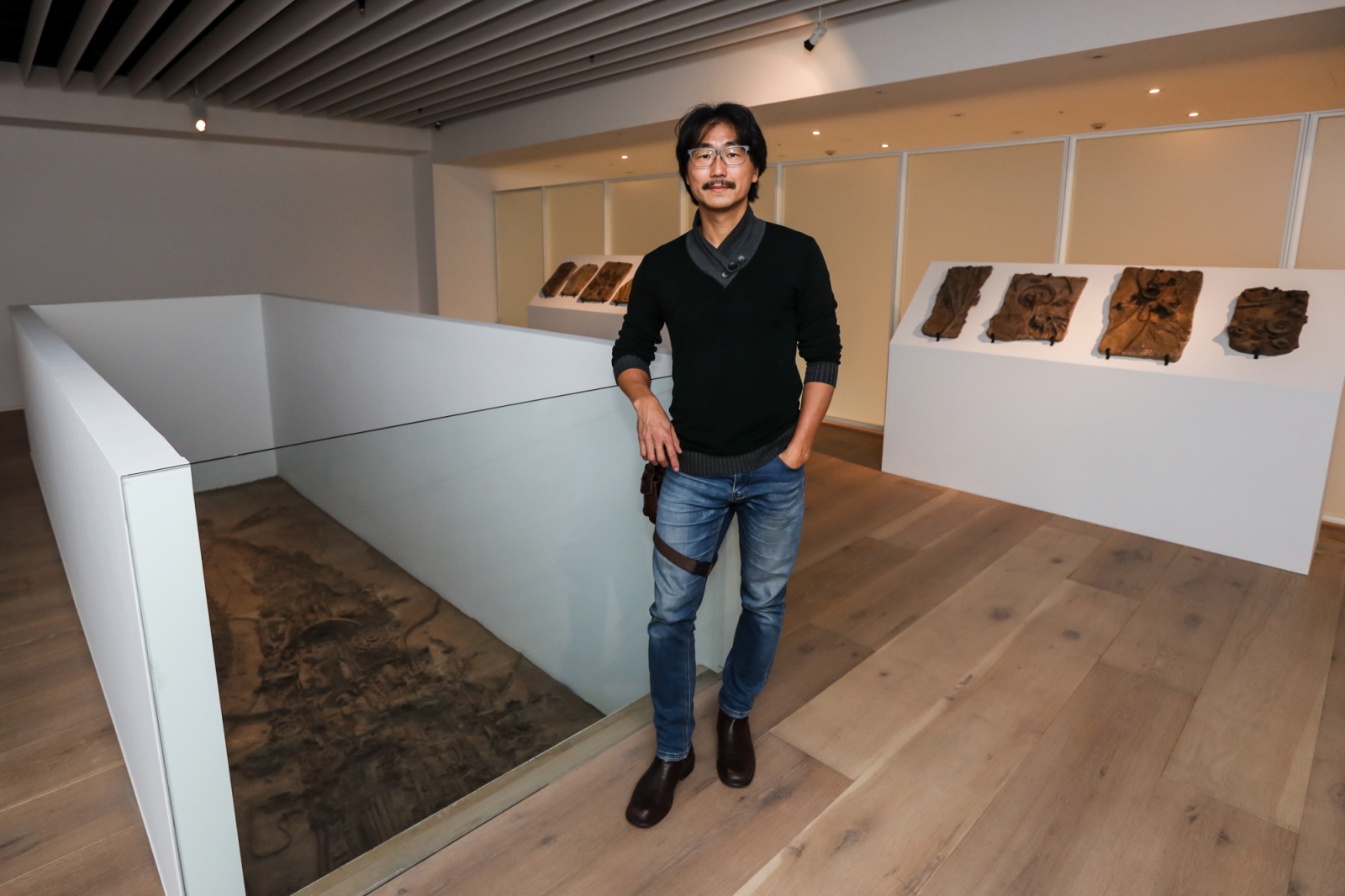
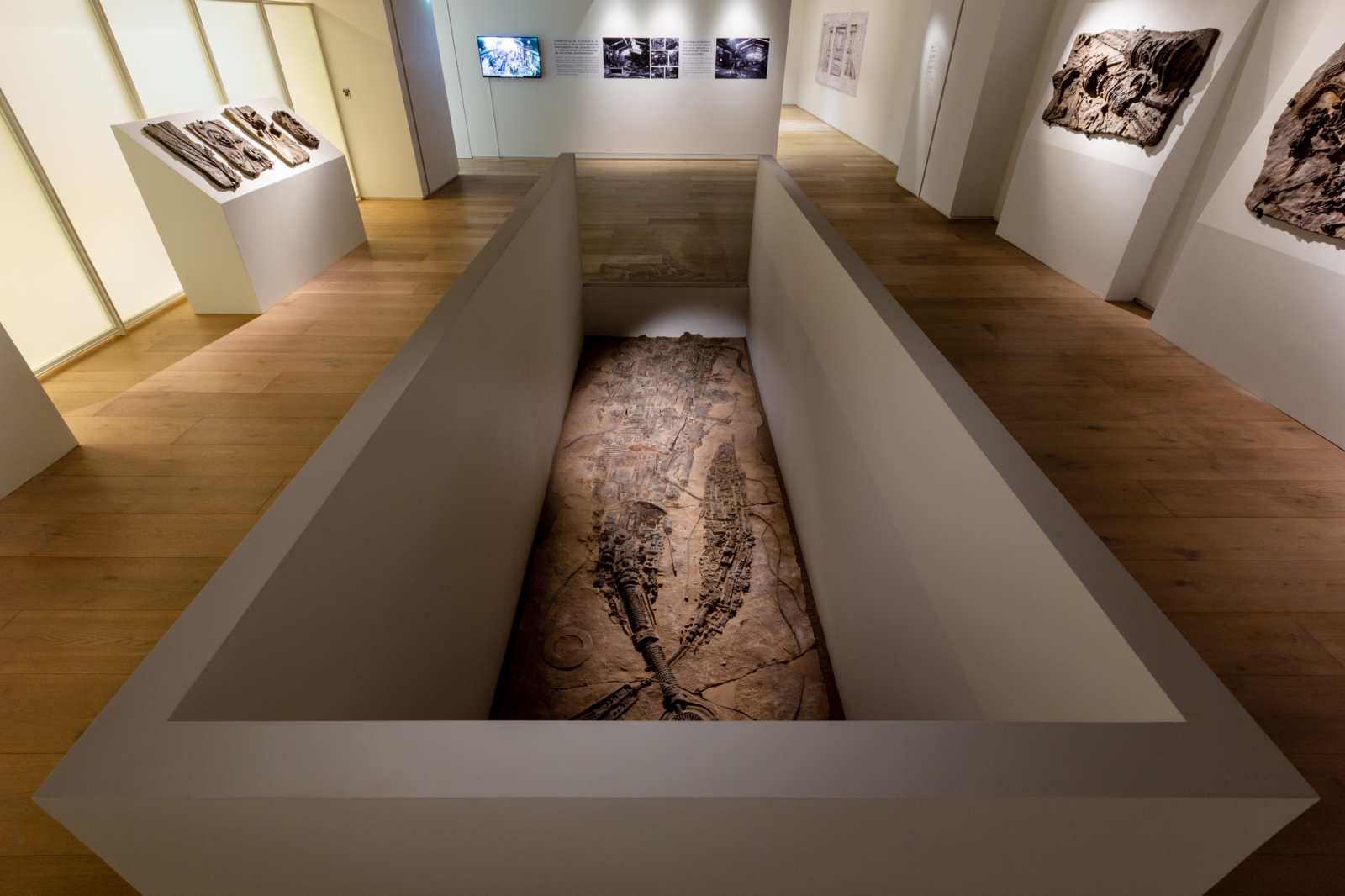
An expert in combining legends, social issues, archaeological and historical knowledge, Tu Wei-Cheng is presenting his new project Museum of Ichnofossils for this exhibition. The political and economic changes over the past have resulted in the closures of many factories and abandoned facilities. The artist collected the components of machines, remnants of the buildings and plants around the sites and made into artificial fossils by pressing and molding clay. The obscure features of these fossils remind us of the past glory, the present decay and the unknown future because of the natural and social selection.
Through Contemporary Art, JUT Art Museum Presents Atypical Architecture Exhibition to Discuss Urban Development from Multiple Perspective
The Jut Art Museum is the first museum in Taiwan focusing on urban issues and the future of cities. Since its inauguration in 2016, it continues exploring and reflecting the future, urban architecture and contemporary art.
A continuation of the earlier exhibition The Flying Land, Paradise Lost – Gazing at Contemporary Urban Civilization and its Metaphor investigates immigrating and the changing urban civilization, and human behaviors in different contexts of space. It attempts to challenge the boundary of architecture and art, which is best practiced by an atypical exhibition of architecture with the perspective of contemporary art.
To inspire the public and students to participate in this exhibition, the Museum has multiple benefits for visitors, including free admission for students with ID on every Wednesday. Also on Wednesdays, the eslite forum attendees with ID are provided free admission, and visitors holding eslite bookstore member card can buy one ticket and get one free. Visitors with room card of Miramar Garden Taipei and four hotels under GLORIA HOTEL GROUP (HOTEL PROVERBS Taipei/ HOTEL QUOTE Taipei/ GLORIA RESIDENCE/ GLORIA PRINCE HOTEL Taipei) can have one-time free admission of their stay. For more info on the ticket benefits, please check out the webpage of the Jut Art Museum.
【Attachment 1-Information】
Paradise Lost – Gazing at Contemporary Urban Civilization and its Metaphor
Artists:
- James Casebere(U.S.A)
- Marjan Teeuwen(The Netherlands)
- Yao Jui-Chung(Taiwan)
- Tu Wei-Cheng(Taiwan)
- Takahiro Iwasaki(Japan)
Venue: Jut Art Museum (No.178, Sec. 3, Civic Blvd., Da'an Dist., Taipei City 106, Taiwan)
Date: 21st December 2019 – 5th April 2020
Opening Hours: TUE-SUN 10:00-18:00 (Closed on Mondays)
Admission: General TWD 120, Concessions TWD 100 (student, seniors aged 65 and above, and groups of 10 or more) *Booklet included.
Free Admission for the disabled and a companion, children aged 12 and under (Concessions or Free Admission upon presentation of valid proof).
Student Day on WED: one-time Free Admission on Wednesdays upon presentation of valid student ID
Organizer & Coordinator: Jut Art Museum
Website: https://jam.jutfoundation.org.tw/en/exhibition/107/2157
International Partner: Netherlands Trade and Investment office
Cultural Partners: the eslite forum, eslite member
Official Hotel Partner: GLORIA RESIDENCE
Official Display Partner: SONY
Media Partner: Art Emperor, xin ARCHI, La Vie
Event Partner: MOT Cafe
Special Thanks: SEAN KELLY、ANOMALY、Het Nieuwe Instituut、TINA KENG GALLERY
